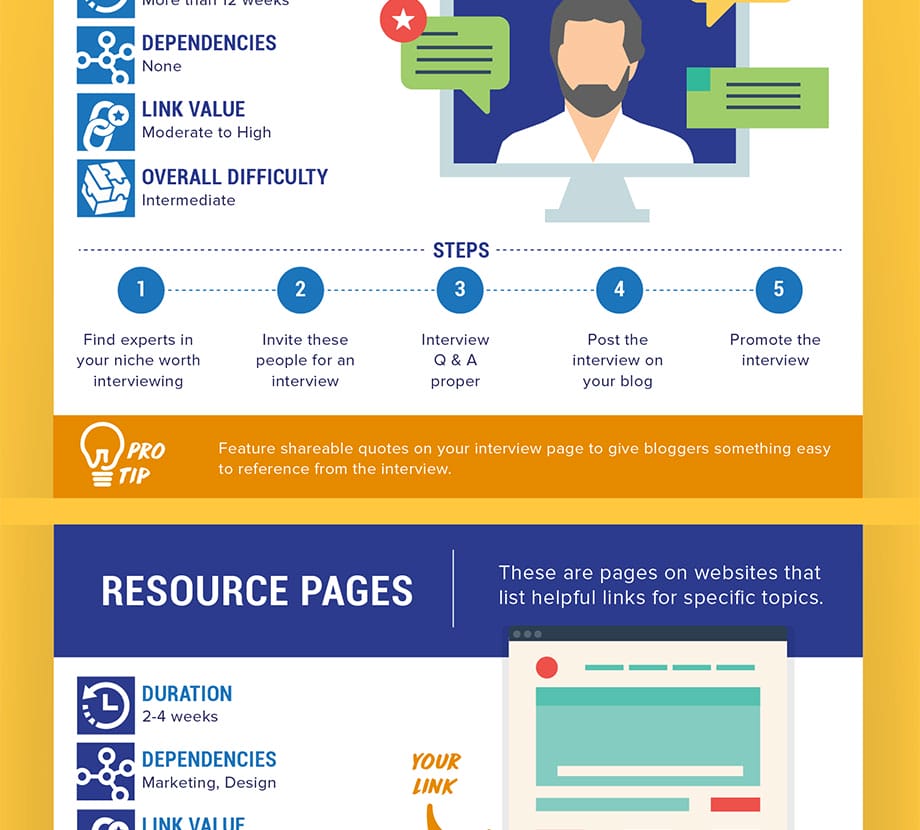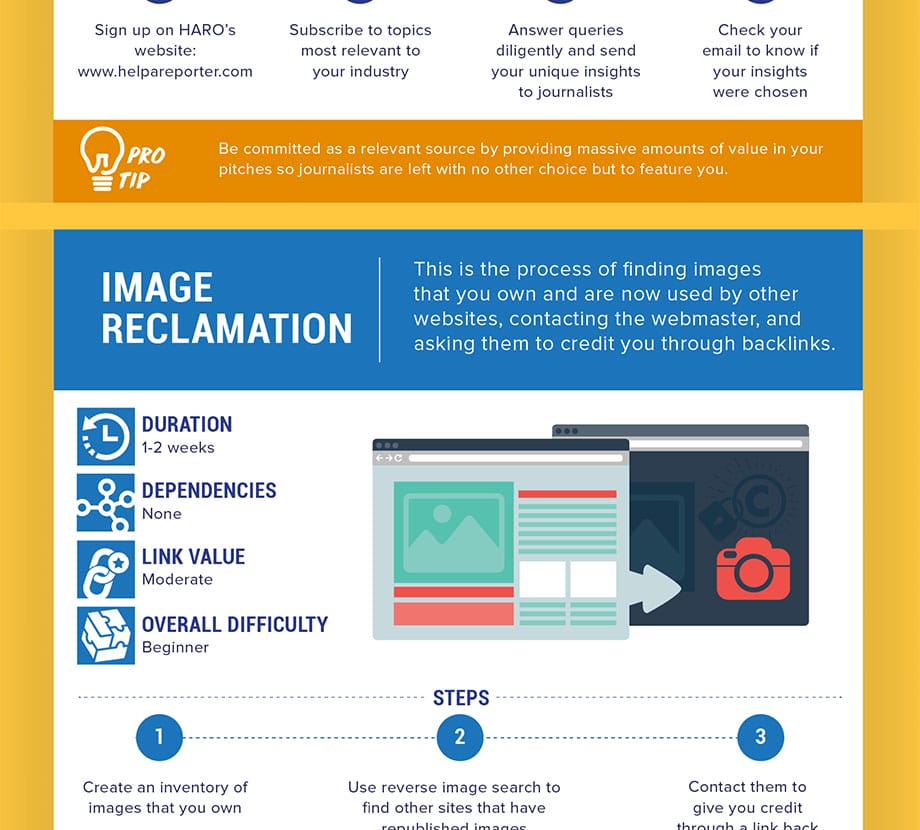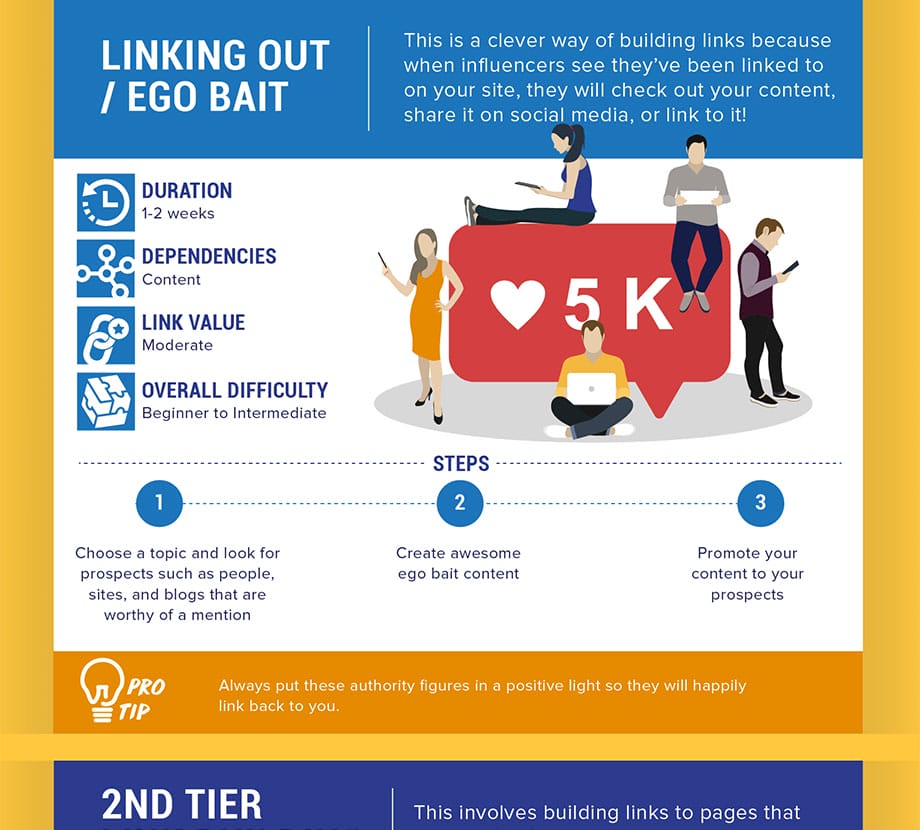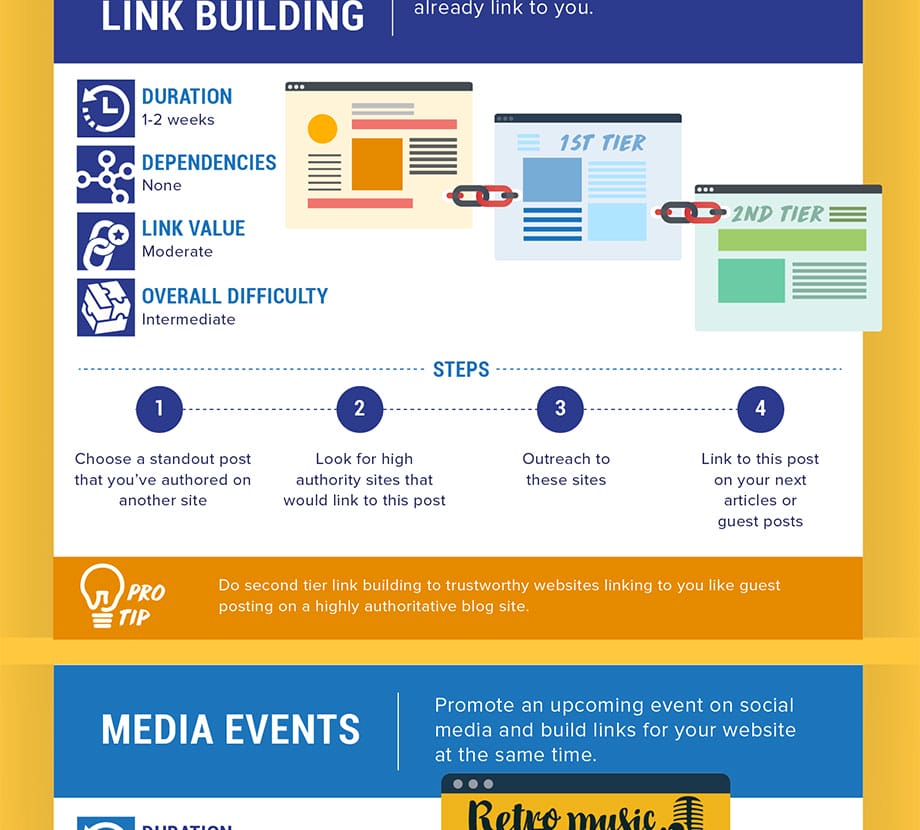Link building is an essential aspect of search engine optimization (SEO). Having several sites pushing out content with a link to your website means you’re doing your link-building tactics well. While this is undoubtedly a positive thing, you shouldn’t become too complacent about the success you’re getting.
As with any business activity, it’s recommended that you continuously update your link-building strategies to keep up with the ever-changing algorithms in organic search. As Google and other search engines roll out new guidelines on how they rank sites, you need to determine how this can affect your site’s ability to keep generating high-quality inbound links.
Plus, with every algorithm update released by search engines, your competitors are wasting no time making their own tweaks to their methodologies, and you don’t want to get left behind.
All things considered, you need to dive deeper into link building to ensure that your site continues to stay on top of rankings and enjoy high-quality traffic. In the accompanying infographic, we feature various techniques in link building that we believe should be part of your strategy.

They’re less common than other tactics you might have known all along. But that shouldn’t make you think twice about their effectiveness. You can even leverage the fact that their novelty makes them more attractive than other overworked approaches in the SEO industry.
Here are a few underrated link-building tactics that we recommend:
1. Partner links
To get links to your site, you could reach out to your clients, business partners, professional organizations, affiliates, or communities who might be open to exchanging links with you. First, you link out or mention your client’s partners on your website; then check if they have done the same for your client. If not, you reach out to request to link out as well. This is one of the easiest tactics you could use, yet still comes with significant value for your SEO efforts.
2. Image reclamation
Image reclamation is another easy way to get links. This is done by looking up images that belong to you, which are being used by other websites without proper credit. Simply upload your client’s visual content (product photos, infographics, logos, blog banners, icons, etc.) to Google Images. Then, reach out to the concerned site and request them to link back to you to give you credit. This technique also involves other tools that can be used to reverse image search to track your republished images.
3. HARO
HARO stands for “Help a Reporter Out,” which is a platform where members can exchange information about relevant topics in their industry. Register as a source, and get ready to have your inbox full of source requests from journalists every week. Simply engage in discussions by answering queries, making comments, or providing credible references. If your insights are chosen, you may be featured as a resource person for the community with a link back to your page. Competition is high so make sure to submit quality and valuable content to these sources.

4. Media events
This involves the use of content that promotes your upcoming events on social media. Needless to say, social media can help you get links to your site, as content on this platform can get a lot of mileage through social sharing. Simply look for event community sites and add your client’s upcoming event schedule. Provide an event description, and link to your client’s event page, and wait for the moderator’s approval.
5. Interviews
This technique requires you to find professionals or experts who may be willing to engage with you in a Q&A or an interview session to talk about specific topics that may generate a lot of interest in your niche. When appropriately promoted, this exclusive piece of content can provide you with massive linking opportunities, with bloggers referencing your site as the source of the information or interview.
These are just a sneak peek of the different methods you can use to complement your existing link-building strategy. To be clear, we’re not suggesting that you abandon techniques that have worked for you in the past. But you shouldn’t close your doors on exploring other ways of getting sites to link to you either.
Read the full version of the infographic to know the rest of your alternatives.
Underrated Link-Building Tactics that Work Surprisingly Well (Infographic)









This infographic was first published at Spiralytics Blog. The infographic is provided by Nina Pineda. Nina is an Online PR Specialist at Spiralytics. She launched her career as a web copywriter but eventually jumped into SEO out of curiosity. She loves watching TV series but she is keen and driven to achieving results when it comes to working. You can follow her on Twitter.



